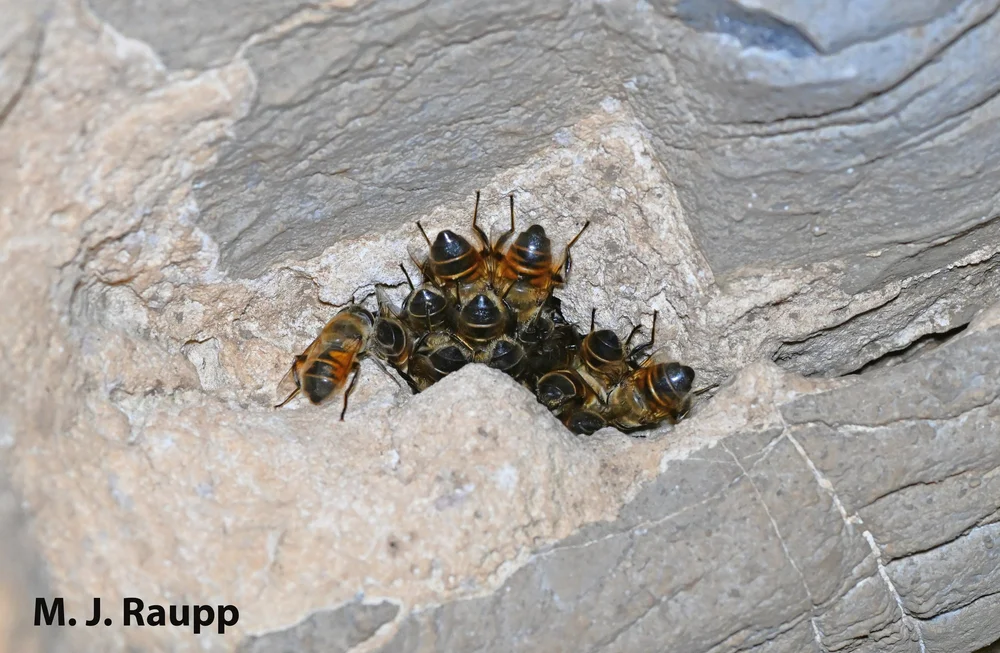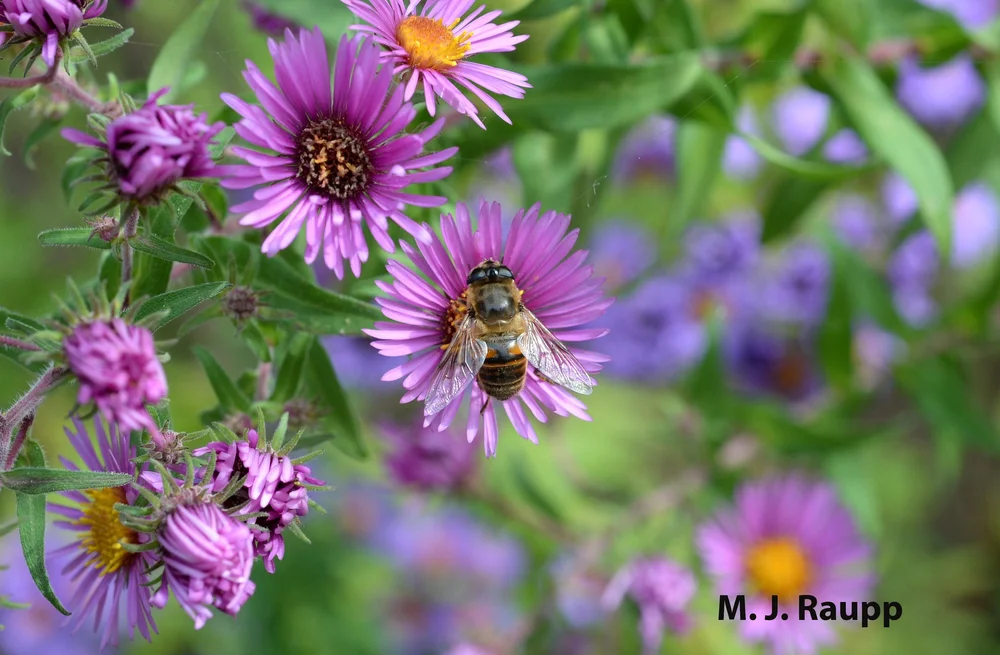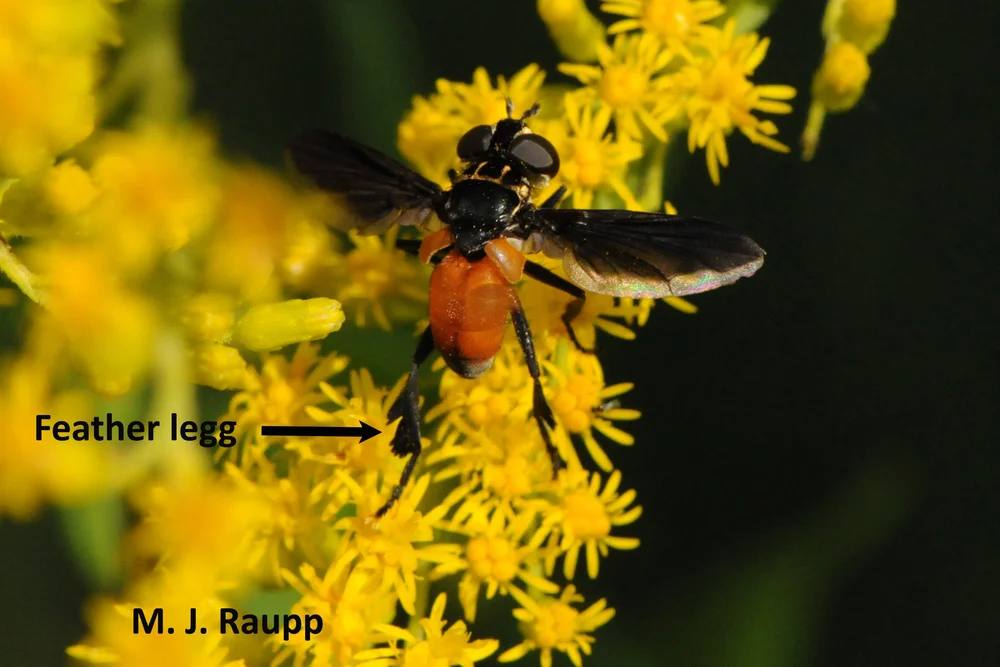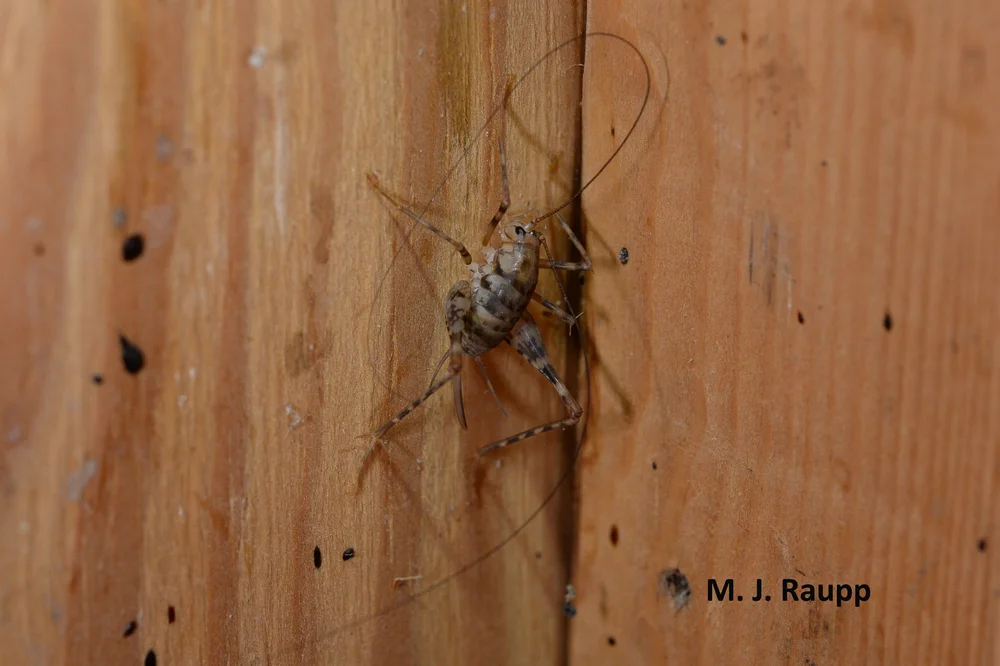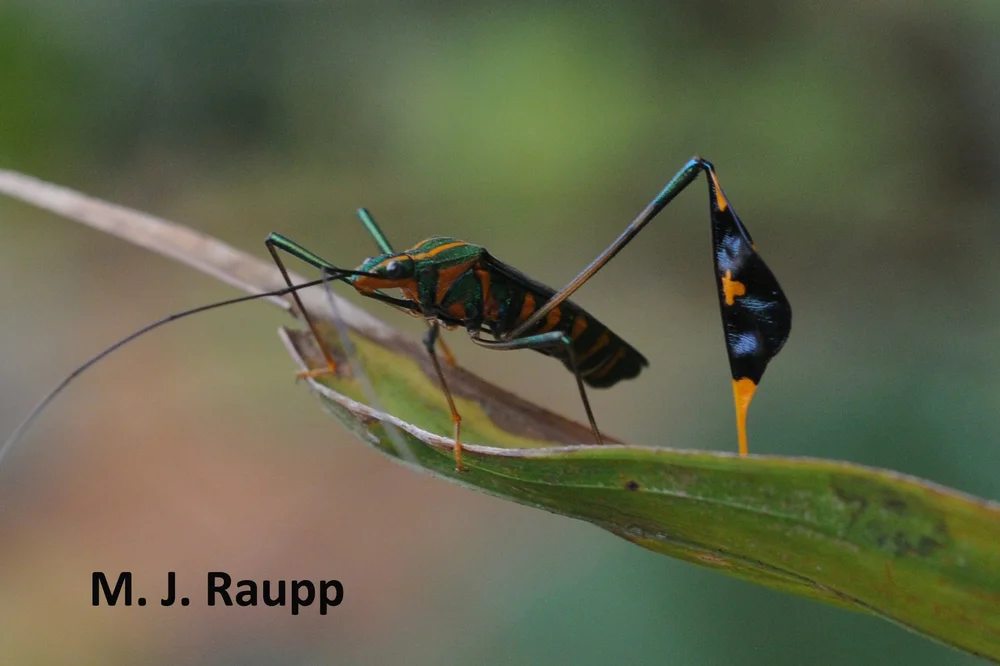Are Landlords Responsible for Pest Control?
Multi-family homes and rental properties have unique challenges regarding pest control. But who is responsible for pest control when renting? Explore the answers and gain insights into when the situation may require tenants to be held liable.
Overview of Landlord Responsibility for Pest Control
- Landlords must maintain clean, safe, pest-free buildings and are often responsible for pest control.
- Renters may be held responsible in some circumstances, especially if they cause an infestation.
- State and local laws often specify who is responsible for pest control and elimination.
- Lease agreements should clearly identify situations in which renters are liable.
How Landlords and Pest Control Requirements Are Determined in Rentals
More than 14 million housing units experience rodent or cockroach invasions every year, according to the United States Census Bureau. Additionally, they are only two of the most common pests that invade multi-family properties. Other pests that typically top the list include spiders, ants, bed bugs, and flies.
When one or more of these pests (or any others) begin causing problems, it’s important to determine who is responsible for eliminating them. In general, responsibility for pest control is typically defined by three main factors: state and local regulations, the source of the infestation, and specific stipulations in the lease agreement.
First, landlords must comply with all state and local laws. Most states, including Massachusetts, New Hampshire, Connecticut, and Rhode Island, have stringent guidelines outlining landlords’ responsibilities. For example, rental properties and units should be pest-free upon the execution of the lease agreement. Additionally, landlords must maintain habitable conditions, which include providing pest control along with working plumbing, heat, and structural soundness.
However, it’s essential to note that tenants may bear some responsibility in certain situations. Stipulations in lease agreements related to the source of the infestation may shift responsibility and costs from the landlord to the tenants.

Factors That Decide Who Is Responsible for Pest Control When Renting
When it comes to mandatory compliance with laws and regulations, the root cause of the infestation often dictates who is responsible. Pre-existing pest infestations and those caused by structural issues fall under the responsibility of landlords. However, tenants become responsible when they engage in pest-attracting behaviors, fail to follow preventative guidance, or fail to report infestations when they notice them, which allows them to quickly spread.
Some of the notable conditions that require landlord actions may include:
- Infestations that exist before tenants move in
- Infestations caused by structural problems
- Presence of pests that pose health hazards
- Pest infestations that can cause structural damage
Landlord Responsibilities and Preventative Measures
Landlords bear significant responsibilities and must maintain safe, clean, pest-free rentals. Rental units, particularly those in multi-family properties, present unique challenges when it comes to pest management. High population density, an increased volume of garbage, shared spaces such as hallways and common areas, and shared boundaries like ceilings and walls all contribute to the spread of pests.
This makes facility management a critical issue. Consequently, landlords should engage in practices such as the following:
- Monitoring: Inspections conducted by professional pest control technicians are only the beginning. Staff members, including electricians, plumbers, and maintenance personnel, should vigilantly watch for signs of pest activity.
- Addressing Access Points: Landlords must address issues like broken screens, cracks in the foundation, doors and windows that don’t close securely, and gaps around utility intrusions.
- Reducing Water Sources: Landlords should address moisture issues, including leaking pipes, plumbing problems, clogged gutters and downspouts, and water-damaged wood, all of which can attract pests.
- Maintaining Recycling and Garbage Areas: Dumpsters should be stored at least three feet away from buildings. Recycling containers should be cleaned promptly and regularly emptied of all materials.
Tenant Obligations and Preventative Measures in Multi-Unit Housing
Tenants also have responsibilities to achieve comprehensive pest control, and these obligations should be clearly identified in the lease. Renters must practice the agreed upon preventative measures to reduce the likelihood of a pest infestation. Requirements typically include:
- Performing Regular Cleaning: Maintaining living spaces that are free of clutter, crumbs, and spills can make units less appealing to pests.
- Practicing Proper Waste Disposal: Routinely removing trash and waste from the premises helps reduce the likelihood of attracting pests.
- Flea Control: For rentals that allow pets, tenants typically must treat pets with veterinarian-approved flea prevention treatments.
- Promptly Reporting Activity: Early detection can help contain problems, and open communication with landlords can help ensure that issues are addressed before they turn into a larger problem.

When Professional Multi-Family Pest Removal Services Are Required
In some instances, tenants and landlords may be able to handle pest removal effectively without professional intervention. An occasional spider sighting, for example, or a stray ant or two could be easily remedied with consumer products. However, a professional pest inspection can ensure that a larger infestation is not missed.
Most state and local regulations stipulate when professional pest removal is mandated:
- Massachusetts: Landlords who don’t live in properties with up to three units and those with properties of four or more units must take action.
- Connecticut: Landlords who treat infestations on their own must hire a third-party inspector to confirm successful removal.
- New Hampshire: Laws do not specify but do require landlords to maintain pest-free premises, conduct periodic inspections, and remediate pest problems.
- Rhode Island: Landlords must consult with professionals and follow guidance accordingly.
Landlords and Pest Control: Reasons to Avoid DIY Measures
Prevention is one of the most effective strategies for maintaining control of pests, particularly with multi-family dwellings. Shared walls, common spaces, and frequent foot traffic can encourage infestations that spread quickly. DIY strategies can be great for prevention, but when pests infest, contacting local pest experts can help control the problem before it becomes widespread. Pest control professionals can provide regular inspections, and they know precisely what to look for as they evaluate potential risks.
Beyond that, pros can help shift the strategy from reactive to proactive. All too often, landlords follow the traditional approach and wait for a complaint and then respond. Alternatively, professional guidance can help landlords create customized prevention strategies based on key factors like local pest prevalence and pest biology.
Frequently Asked Questions
What conditions classify a pest problem as the landlord’s responsibility in a rental property?
Typically, infestations stemming from factors other than tenant behavior (i.e., failure to dispose of garbage and maintain a hygienic environment) are the landlord’s responsibility. Massachusetts, New Hampshire, Connecticut, and Rhode Island require landlords to maintain clean, safe, pest-free properties and conduct regular inspections to aid in prevention.
How can renters verify whether a lease outlines shared pest control obligations?
Renters should review their lease agreements, which should provide a clear overview of who pays for what. Leases should outline the landlord’s stipulations regarding tenant responsibilities, the landlord’s duties, and other pest-related issues like seasonal treatments and routine inspections.
What signs indicate that a pest issue is caused by building conditions rather than tenant behavior?
Some of the most obvious signs include cracks in the foundation and improperly sealed windows, doors, and openings like vents and utility intrusions. Overgrown landscaping and a failure to address moisture issues, like plumbing leaks, clogged gutters, and moisture-damaged wood, also indicate building conditions are the problem, rather than tenants’ habits.
How quickly must landlords take action once a pest infestation is reported?
It depends on state laws. Generally, landlords must inspect the rental and adjacent units or have them inspected within one to two days of being notified. In some states, such as Connecticut, landlords may have up to five days. In short, swift action can help increase the effectiveness of treatment, while delaying action may worsen the problem. With that in mind, landlords should take action as soon as possible.
What steps should tenants document when requesting pest control from a landlord?
Tenants must report pest activity promptly and provide documentation as evidence whenever possible. This may include taking videos or photos of live pests and logging where and when pests were spotted. Again, tenants should refer to their lease agreements, which may outline the precise procedures for reporting pests.
What circumstances require third-party pest professionals to evaluate a rental property?
Any evidence of pest activity should trigger a call to professionals for assessment and intervention. Professional exterminators are required when landlords do not live in or on the property, the property has fewer than three units, and landlords fail to regain control using other methods. Additionally, if infestations impact health and habitability, landlords should always reach out for expert assistance.
The Catseye team will inspect the unit and the property to get to the heart of the problem and devise the most effective treatment strategy. Catseye Pest Control has worked with both landlords and tenants for more than 30 years. Contact us today to schedule a free inspection to begin preventative measures or to eliminate an infestation.
The post Are Landlords Responsible for Pest Control? appeared first on Catseye Pest Control.
This article appeared first on Catseye Pest

